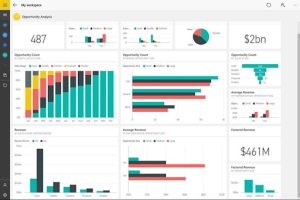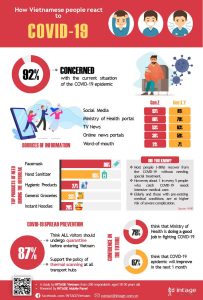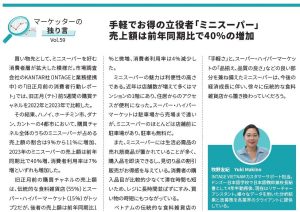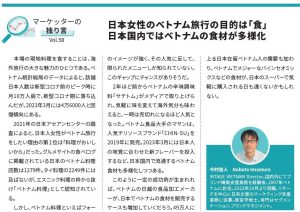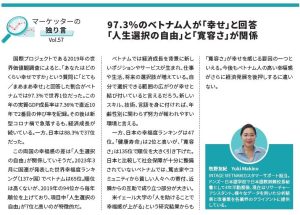INTAGE Inc. is the largest marketing research company in Asia.
Previous slide
Next slide
Top Services
CUSTOMIZED RESEARCH
ONLINE RESEARCH
HEATHCARE RESEARCH
MARKET AND EXPERIMENTAL ACTIVITY AUDIT
AUTOMOBILE SECTOR
MORE SERVICES
Valued Clients
Previous
Next
Why INTAGE Vietnam ?
Years Understanding local insights
0
Categories coverage
0
Projects Conducted
0
Respondents database
0
Please contact us if you like detailed information.
Contact Us ->
Viettrack
4.7/5 - (6 votes)

